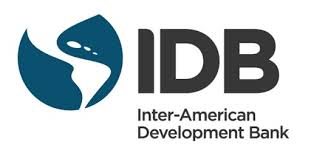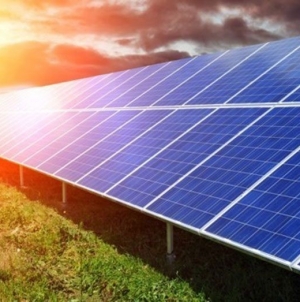Guyana can plunge itself into more debt even with oil money – IDB Quarterly Report
With Guyana poised to receive a fair bit of revenue from the sale of its oil resources, the Inter-American Development Bank (IDB) is cautioning the authorities of the day to exercise extreme cautioning regarding the portion it will spend. It is advising on saving for a rainy day, and particularly, the way in which it goes about taking on new loans.
In its latest Caribbean Quarterly Bulletin, the financial institution acknowledged that the oil money will give the government an opportunity to close budget financing gaps, avoid debt accumulation and/or retire expensive outstanding public debt. It stressed, however, that budget financing needs to be monitored or else Guyana could erode savings and return the nation to a position of high indebtedness.
The bank was keen to note that Guyana has been managing its debt quite prudently over the last two decades. Expounding further, it said that the Ministry of Finance is the key institution responsible for the formulation and implementation of fiscal policy and management of public debt. The ministry’s general fiscal policy objectives are the maintenance of output stability and debt sustainability.
From 1970 through the mid-1990s, the bank said that Guyana was the most indebted country in the world as measured by the ratio of nominal public debt to GDP.
The IDB noted that Guyana has since seen tremendous and sustained reductions in public debt levels, driven by, inter alia, debt relief initiatives such as the Heavily Indebted Poor Countries (HIPC) Initiative and Multilateral Debt Relief Initiative, as well as by policy reforms.
Debt relief under the Enhanced HIPC initiative was estimated at US$387 million based on end-2002 data and parameters (IMF 2003).
DEBT ON THE HORIZON
While it is true that the country stands to get “a little money” now which it can use to clear off some of its debt, local and regional stakeholders are already warning that there is already massive debt that awaits Guyana on the horizon. One such person who has sounded the alarm bells on this matter is international lawyer and transparency advocate, Melinda Janki.
In a recent interview, Janki recalled that even now, the country owes ExxonMobil approximately US$900M in costs it claimed to have incurred offshore Guyana before it signed the highly criticized Stabroek Block deal in 2016. With ExxonMobil rushing to have five oil vessels in operation by 2026, development and operational costs will soar to billions of US dollars which Guyana will also have to pay, explained the lawyer. She said that this is just a small fraction of the debt that will be hanging around the nation’s neck in the future.
Also of concern to Janki is the deteriorating health of ExxonMobil, and how reliant it will be on Guyana to be its cash engine. In this regard, she reminded that recently, the oil giant said that the impact of the COVID-19 pandemic has forced it to make serious adjustments to its business plans. As part of its restructuring process, ExxonMobil said that it will be placing its advantaged assets in Guyana, high on its list of priorities.
But in order to keep the focus on Guyana, Janki said the company has had to write off US$17-20 billion worth of natural gas assets in other parts of the world. “Obviously, they wrote off the gas because it is worthless. It is a stranded fossil fuel asset. Nobody wants it,” expressed the lawyer.
Another critical development, she said, is the fact that Exxon is cutting 14,000 jobs or about 15 percent of its global work force, while adding that the company has been forced to cut capital expenditure for 2020 to US$23 billion from $33 billion.
Taking the foregoing into account, Janki said it is clear to see that this company is in ill health while adding that it does not bode well for Guyana. The lawyer said, “…Guyana might get a little money now but in the long term it will have massive debt.”






















